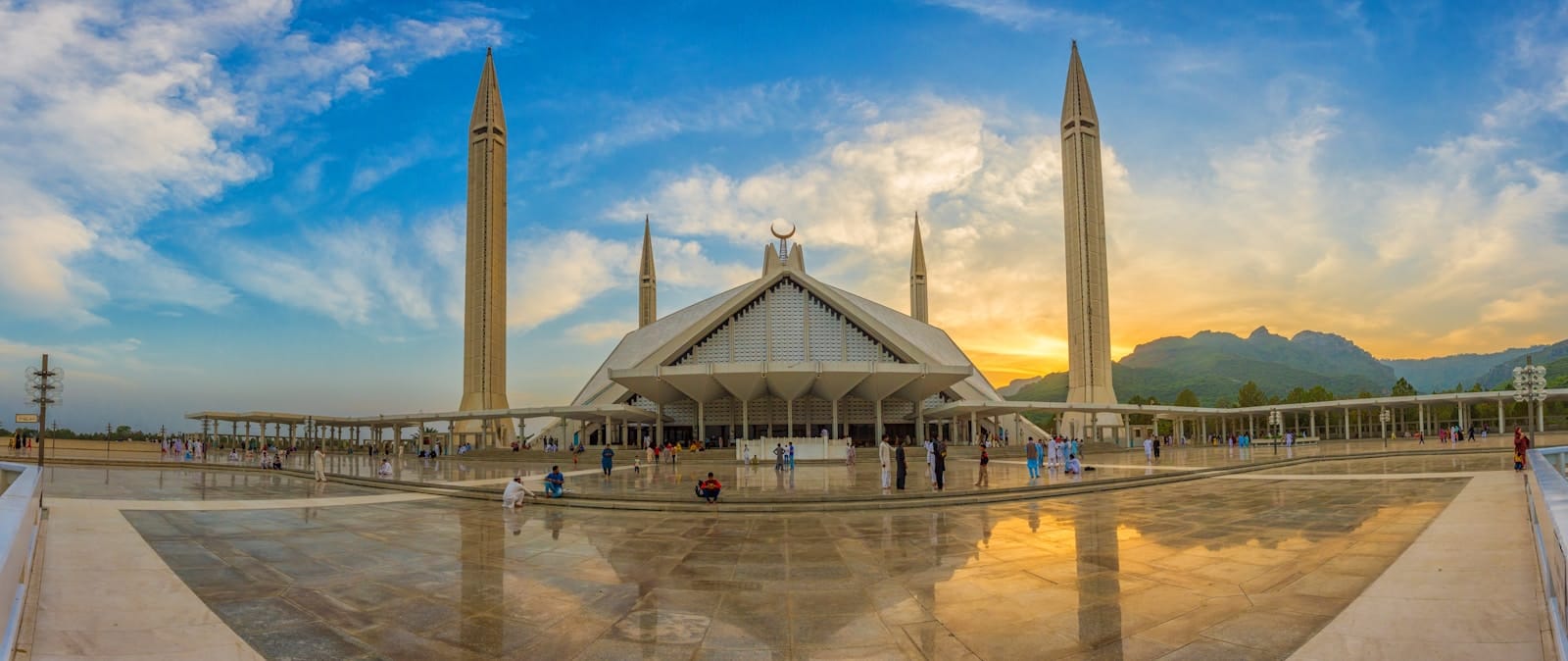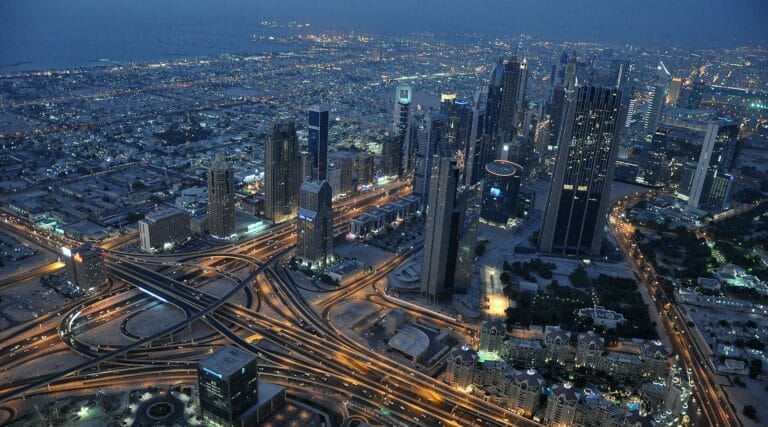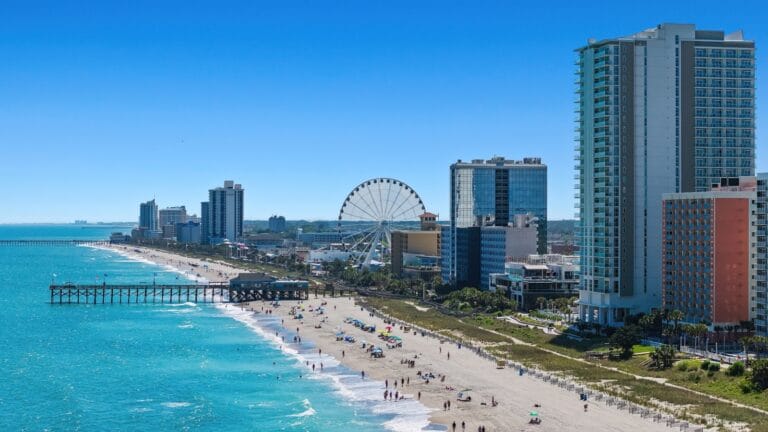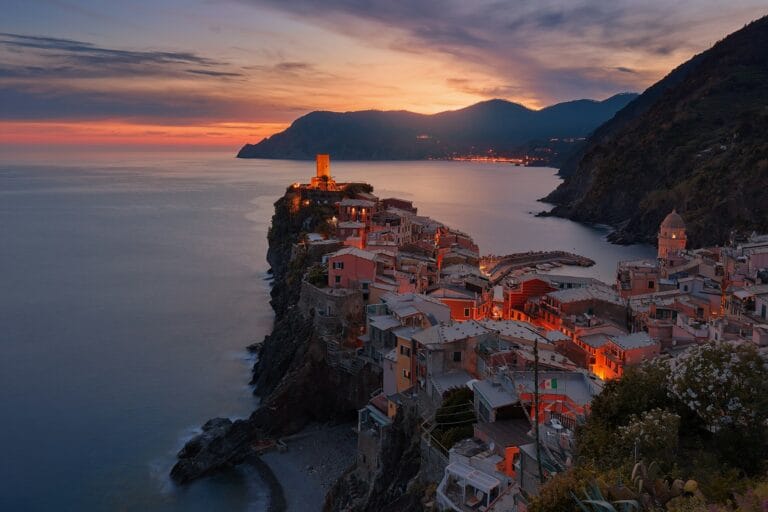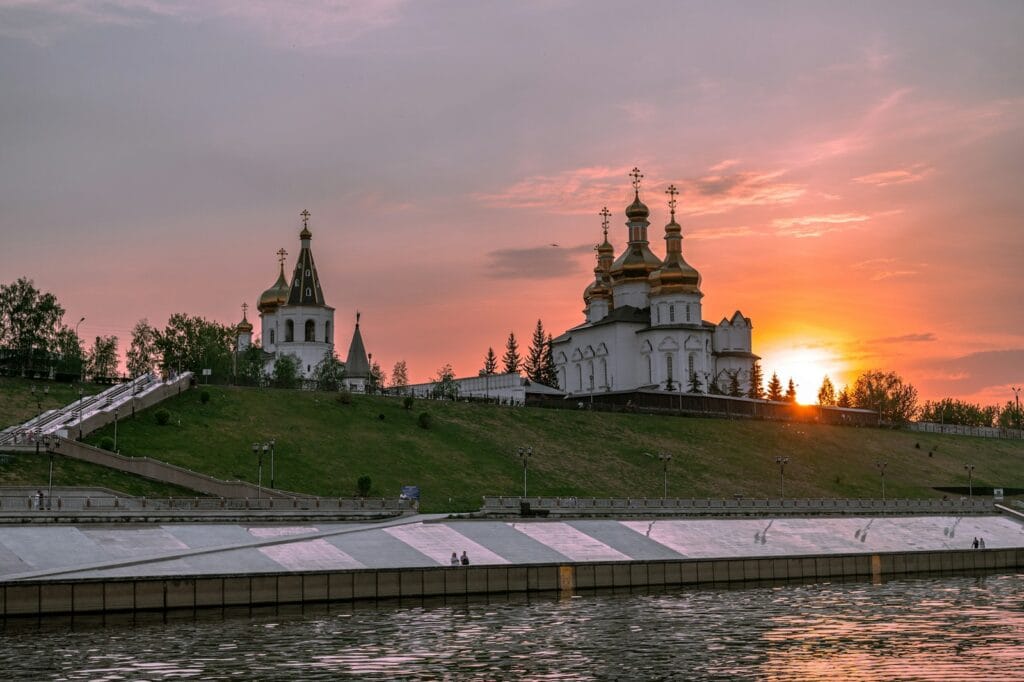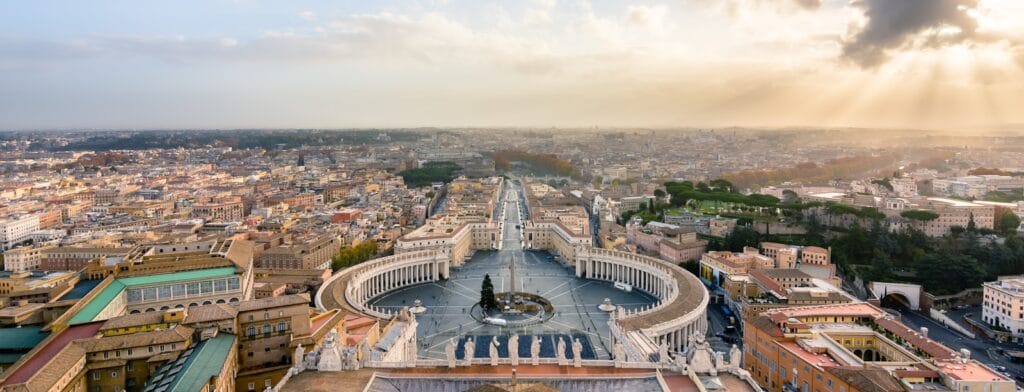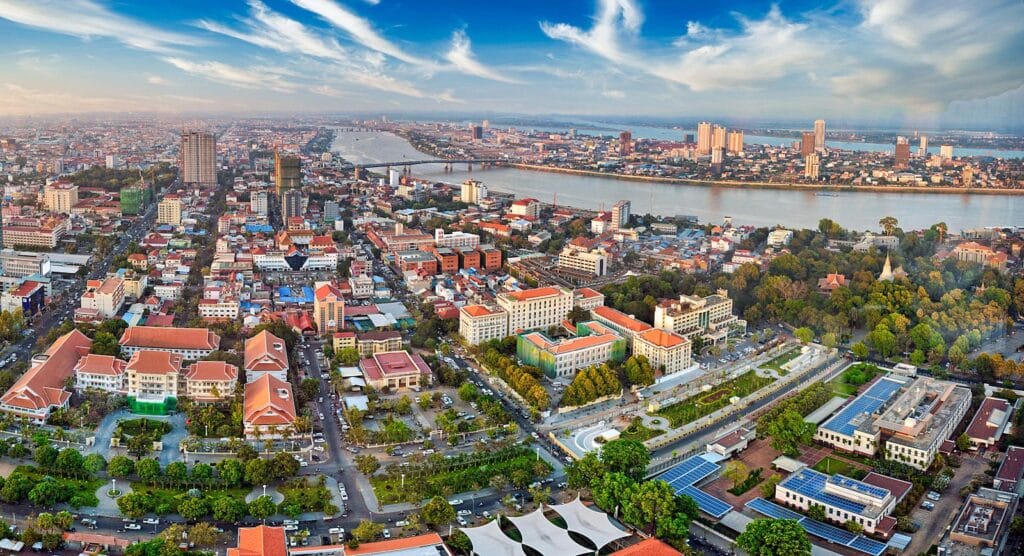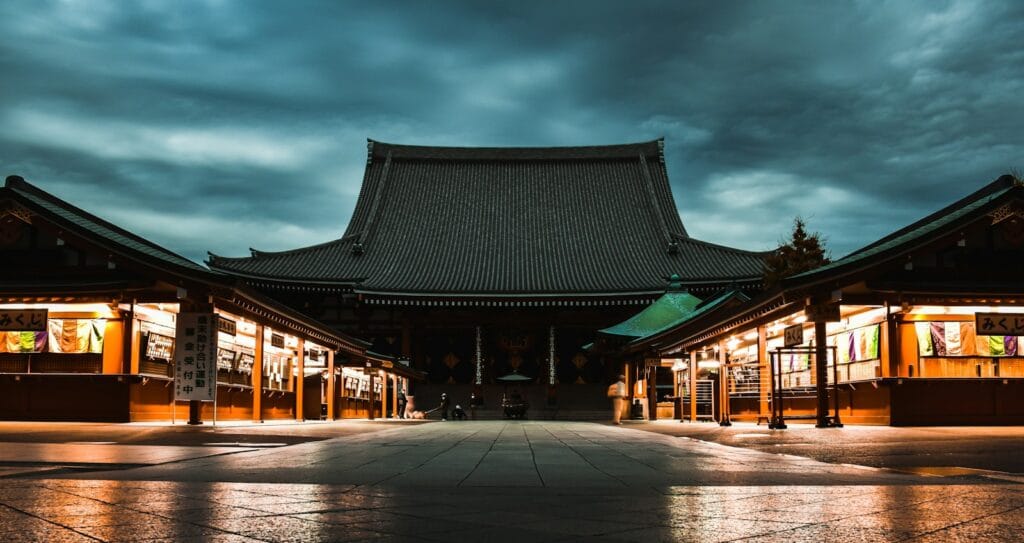Pakistan Travel Guide: Rugged Beauty & Timeless Heritage
Intro to Pakistan Travel Guide
A land of snowcapped peaks, Mughal gardens, desert forts, and ancient trade routes — Pakistan is raw, rich, and vastly unexplored. Stretching from the Karakoram mountains to the Arabian Sea, Pakistan invites you to rethink everything you thought you knew about travel in South Asia.
Here, you can sip chai beside glacial rivers, wander 5,000-year-old ruins, and be welcomed with unmatched hospitality. Whether you’re trekking in Hunza, marveling at Lahore’s Mughal architecture, or road-tripping the Karakoram Highway, every moment in Pakistan is an adventure of culture, curiosity, and connection.
Start planning with our complete Pakistan Travel Guide — featuring detailed regional breakdowns, top destinations, essential planning tips, and immersive experiences to help you explore this extraordinary country with confidence.
💡Quick Facts:
Destination: Pakistan
Continent: Asia
Country: Pakistan
Area: 881,913 km² (340,509 mi²)
Population: ~248 million (2024 estimate)
Density: ~281 people per km²
Capital: Islamabad
Regions/Subregions: Punjab, Sindh, Khyber Pakhtunkhwa, Balochistan, Gilgit-Baltistan, Azad Jammu and Kashmir, Islamabad Capital Territory
Language(s): Urdu (national), English (official), Punjabi, Pashto, Sindhi, Balochi, Saraiki, others
Currency: Pakistani Rupee (PKR)
Time Zone(s): Pakistan Standard Time (UTC+5)
Airports (Main/Regional):
– Islamabad International Airport (ISB)
– Allama Iqbal International Airport (LHE) – Lahore
– Jinnah International Airport (KHI) – Karachi
– Bacha Khan International Airport (PEW) – Peshawar
– Skardu (KDU) and Gilgit (GIL) – northern access
Climate: Diverse – arid in the south, temperate in the north, alpine in the mountains; hot summers, cool winters
Known For: Karakoram mountains, Mughal architecture, cultural diversity, food heritage, historical Silk Road routes, Indus Valley civilization
🛂Arrival Info:
– Most nationalities require a visa or eVisa to enter Pakistan
– eVisa available for 175+ nationalities via Pakistan Online Visa Portal
– Visa-on-arrival for select countries (tourist & business)
– Max stay: 30–90 days depending on visa type
– Passport must be valid for at least 6 months
💉Health Info:
– Recommended: Hepatitis A & B, Typhoid, Tetanus, Polio booster, Rabies (rural travel)
– Yellow fever certificate required if arriving from an endemic region
– Dengue and malaria risk in some areas – use repellent and precautions
– COVID-19 vaccination proof may be requested
– Hospitals vary in quality; better in major cities – travel insurance is essential
Travel health updates — get coverage here
Stay Informed with Official Updates: World Health Organization – International Travel and Health | Centers for Disease Control and Prevention – Global Travel Health
🚨Travel Advisory:
– Varying risk levels by region:
– Major cities (Islamabad, Lahore, Karachi): Caution advised
– Border regions (Afghanistan, Balochistan): Avoid travel due to conflict or terrorism risks
– U.S., UK, and Canadian governments advise reconsidering travel to certain provinces
– Always check local guidance and register with your embassy
Stay Informed with Official Updates: US Travel Advisory | UK Foreign Travel Advice
📅Holidays:
– Pakistan Day (March 23) – commemorates Lahore Resolution
– Independence Day (August 14)
– Eid al-Fitr & Eid al-Adha – major religious festivals (dates vary by lunar calendar)
– Muharram and Milad-un-Nabi – religious observances
– Government offices and banks close on major holidays
💰Money Matters:
– Currency: Pakistani Rupee (PKR)
– Cash is dominant – carry cash outside urban areas
– Credit cards accepted in hotels and high-end restaurants
– Tipping is common – 5–10% at restaurants
– ATMs available in cities; may not always function – carry backup
– Duty-free allowance: 200 cigarettes, limited electronics, 1L perfume – alcohol prohibited for Muslims
✈️Airports:
Pakistan is served by major international and domestic airports across its regions.
Jinnah International (KHI) – Karachi: Pakistan’s busiest airport.
Allama Iqbal International (LHE) – Lahore: Major international hub.
Islamabad International Airport (ISB) – Capital’s modern airport.
Bacha Khan International (PEW) – Peshawar: Regional flights and Gulf routes.
Quetta (UET) and Multan (MUX) serve smaller networks.
See: Pakistan Civil Aviation
🚍Transport:
– Long-distance buses (Daewoo, Faisal Movers) are affordable and common
– Domestic flights useful for long distances
– Private taxis, Careem, InDrive, and Uber available in major cities
– Roads in good condition on major highways, but rural travel can be rough
– Drive on the left side; international permit may be required
📶Connectivity:
– Strong mobile networks in urban zones; patchy in rural and mountain areas
– Top providers: Jazz, Zong, Telenor, Ufone
– SIM cards available at airports and franchises (bring passport copy)
– eSIM supported by some carriers
– Wi-Fi common in hotels, cafes; less so in remote areas
📜Laws & Etiquette:
– Conservative Islamic culture: modest dress expected
– Public displays of affection discouraged
– Alcohol is restricted and generally not available to Muslims
– LGBTQ+ rights are extremely limited – discretion advised
– Friday is the holy day – many services close or reduce hours
– Foreigners are warmly welcomed but should avoid political discussions
🛡️Emergency Info:
– Emergency Numbers: Police 15, Ambulance 1122, Fire 16
– U.S. Embassy: Islamabad; consulates in Karachi, Lahore, Peshawar
– Travel insurance is highly recommended, especially for trekking or adventure travel
– Register travel with your embassy when visiting remote or sensitive regions
– Use embassy locator tools: Embassies Worldwide
🌦️Weather:
– Summer (May–Aug): Hot and dry – 35–45°C (95–113°F) in plains
– Monsoon (Jul–Sept): Brings rain and occasional flooding
– Winter (Nov–Feb): Cool to cold – snow in north; 5–20°C in cities
– Best time to visit: October to March – ideal for cultural travel, trekking, and sightseeing
Weather Forecast
Pakistan by Region – Where to Go
Pakistan’s provinces offer an incredible mix of terrain, culture, and history. Here’s how to navigate its vast beauty region by region:
Gilgit-Baltistan
- Hunza Valley – A fairy-tale landscape of snowcapped peaks, apricot orchards, and the famous Attabad Lake.
- Skardu – Gateway to K2, this high-altitude town features alpine lakes, desert valleys, and epic trekking.
- Fairy Meadows – Lush alpine meadows with views of Nanga Parbat, ideal for hiking and camping.
Khyber Pakhtunkhwa (KPK)
- Swat Valley – Known as the “Switzerland of the East,” with rivers, forests, and Buddhist ruins.
- Peshawar – One of South Asia’s oldest cities, rich with bazaars, mosques, and Pashtun culture.
- Chitral & Kalash Valleys – A remote area home to the unique Kalash people and their colorful traditions.
Punjab
- Lahore – Cultural capital with Mughal-era architecture, art, and street food scenes.
- Rawalpindi & Islamabad – Twin cities that blend historic chaos and modern order.
- Multan – A city of saints, known for its Sufi shrines and centuries-old bazaars.
Sindh
- Karachi – Pakistan’s largest city and economic heart, with vibrant food, beaches, and colonial relics.
- Hyderabad – A historic city with Sindhi culture and traditional craftsmanship.
- Thatta & Makli – UNESCO World Heritage sites with ancient tombs and mosques.
Balochistan
- Quetta – Surrounded by arid hills, this culturally diverse city is known for its markets and dry fruits.
- Hingol National Park – Coastal cliffs, desert terrain, and the dramatic Sphinx-like “Princess of Hope.”
Top Places to Visit in Pakistan
Cultural Capitals
- Lahore – The heart of Pakistani heritage, home to the Badshahi Mosque and Lahore Fort.
- Karachi – A coastal megacity with history, art, and multicultural energy.
Natural Wonders
- Hunza Valley – Picture-perfect villages with high mountain backdrops.
- Skardu & Deosai Plains – Alpine lakes, glaciers, and wildflower meadows.
- Ratti Gali & Saiful Muluk Lakes – Glacial lakes with myth and beauty.
Historic & Spiritual Sites
- Taxila – Ancient Buddhist ruins along the old Silk Road.
- Multan & Uch Sharif – Sufi shrines, tombs, and tile work.
- Mohenjo-Daro – 4,000-year-old Indus Valley civilization city.
Adventure Hubs
- Fairy Meadows – A trekker’s paradise with Nanga Parbat in view.
- Karakoram Highway (KKH) – One of the world’s highest paved roads.
- Shimshal & Passu – Remote villages ideal for alpine hiking and climbing.
How to Choose Where to Go in Pakistan
- For culture and architecture: Base yourself in Lahore, Multan, and Islamabad.
- For mountain trekking: Focus on Hunza, Skardu, and Chitral.
- For heritage sites: Visit Taxila, Mohenjo-Daro, and Makli Necropolis.
- For coastal vibes: Combine Karachi with Hingol National Park or Ormara Beach.
- For off-the-beaten-track: Try Kalash Valleys, Balochistan, or Deosai Plains.
Pair north and south for a full spectrum of experiences — from mountains to sea, ancient ruins to modern cities.
How to Get Around Pakistan
Getting around Pakistan requires planning but is more accessible than many assume:
- Domestic Flights – PIA and AirSial connect major cities and remote areas like Skardu and Gilgit.
- Buses & Vans – Daewoo and Faisal Movers provide long-distance comfort. Local vans serve rural areas.
- Private Cars – Ideal for northern routes like Hunza and Swat; hire with a driver for safety and language support.
- Trains – Work well in Punjab and Sindh (e.g., Karachi to Lahore).
- Ride-Hailing Apps – Careem and Uber operate in major cities like Lahore and Islamabad.
Note: Always check road conditions and weather when planning northern journeys.
Travel Budget & Costs in Pakistan
Daily Budget Estimates:
- Budget: $20–40/day (guesthouses, street food, shared transport)
- Mid-range: $50–100/day (private rooms, domestic flights, guided tours)
- Luxury: $150–300+/day (boutique hotels, full-service drivers, exclusive guides)
Typical Prices:
- Guesthouse in Hunza: $15–30
- Entry to Lahore Fort: ~$2
- Domestic flight (Karachi–Skardu): ~$100
- Meal at mid-range restaurant: $5–10
Tips to save:
- Eat local — Pakistani food is filling and affordable
- Travel off-season for hotel discounts
- Use local transport where possible
Best Time to Visit Pakistan
Spring (March–May):
- Wildflowers bloom in Hunza and Swat
- Pleasant weather in the south and cities
Summer (June–August):
- Peak trekking season in Gilgit-Baltistan
- Escape to mountain valleys for cool air
Autumn (September–November):
- Ideal for cultural trips, dry landscapes, and harvest festivals
Winter (December–February):
- Explore southern cities like Lahore, Karachi, and Multan
- Snow lovers can enjoy Murree and Skardu in quiet
Must-See Experiences in Pakistan
- Hike to Fairy Meadows for sunrise views of Nanga Parbat
- Witness the Wagah Border Ceremony near Lahore
- Explore Lahore’s Walled City, from Shahi Hammam to Food Street
- Drive the Karakoram Highway, one of the most scenic roads on earth
- Boat across Attabad Lake, formed by a natural disaster but now surreal in beauty
- Meet the Kalash people and learn their pre-Islamic traditions
- Visit the tomb of Shah Rukn-e-Alam in Multan
- Sleep in a stone guesthouse in Karimabad, surrounded by snow peaks
Uncover immersive Pakistan tours and handpicked things to do in Pakistan that blend culture, history, and wild adventure.
Best Travel Itineraries in Pakistan
Classic Culture Trail – 7 Days
- Lahore → Islamabad → Taxila → Multan
Ideal for architecture, food, and ancient history lovers.
Mountains & Glaciers – 10 Days
- Islamabad → Hunza → Skardu → Fairy Meadows
Perfect for high-altitude explorers and photographers.
Sindh Explorer – 7 Days
- Karachi → Thatta → Mohenjo-Daro → Hyderabad
Blend desert heritage, colonial relics, and coastal scenes.
Ultimate North – 2 Weeks
- Peshawar → Swat → Chitral → Gilgit → Hunza → Skardu
Covering valleys, peaks, fortresses, and hidden cultures.
Local Cuisine & Culinary Experiences
Bold, flavorful, and layered, Pakistani cuisine varies widely by region:
Must-Try Dishes
- Biryani – Spiced rice dish often with mutton or chicken
- Nihari – Slow-cooked beef stew, a breakfast specialty
- Chapli Kebab – Ground meat patty from KPK
- Saag & Makki di Roti – Punjabi greens with cornbread
- Sindhi Curry – Tangy, spicy lentil-based curry
- Halwa Puri – Deep-fried breakfast with sweet semolina
Try street food in Lahore, home-cooked meals in Hunza, and seafood in Karachi for a full flavor journey.
Travel Safety & Cultural Etiquette in Pakistan
Safety Tips
- Urban areas are generally safe; avoid protests or large gatherings.
- Northern areas are peaceful and tourism-friendly.
- Use registered guides or tour operators for tribal regions.
- Always register with local police when required (especially in Balochistan).
Cultural Etiquette
- Dress modestly, especially women: long sleeves, covered legs.
- Remove shoes before entering mosques or homes.
- Accept hospitality — it’s a cornerstone of Pakistani culture.
- Always ask before photographing people, especially women.
Where to Go Next – Pair Pakistan with These Destinations
- India – Lahore to Amritsar border crossing; cultural mirror and contrast.
- China – Cross via the Khunjerab Pass into Xinjiang (seasonal).
- Nepal – Combine Himalayan trekking and Buddhist heritage.
- Turkey – Easy flight routes from Lahore or Karachi, blending Islamic architecture, cuisine, and East–West cultural experiences.
- Uzbekistan – Explore Silk Road ties and ancient trade cities.
Explore our India Travel Guide, Nepal Travel Guide, China Travel Guide, Uzbekistan Travel Guide, and Turkey Travel Guide to expand your journey.
Final Planning Checklist for Pakistan
- Check visa requirements and apply for an e-visa in advance
- Plan your regional route and transportation logistics
- Book domestic flights or private drivers for Gilgit-Baltistan early
- Dress conservatively and bring layers for altitude shifts
- Download offline maps, WhatsApp, and a translation app
- Have cash (PKR) on hand — many rural areas don’t take cards
- Learn local greetings and phrases for connection
- Respect local customs, especially in tribal and rural areas
Explore Pakistan with confidence using our trusted tips, local insights, and region-by-region planning tools.
For more expert travel tips, practical strategies, and trusted tools — visit our Homepage and get inspired for your next trip.

